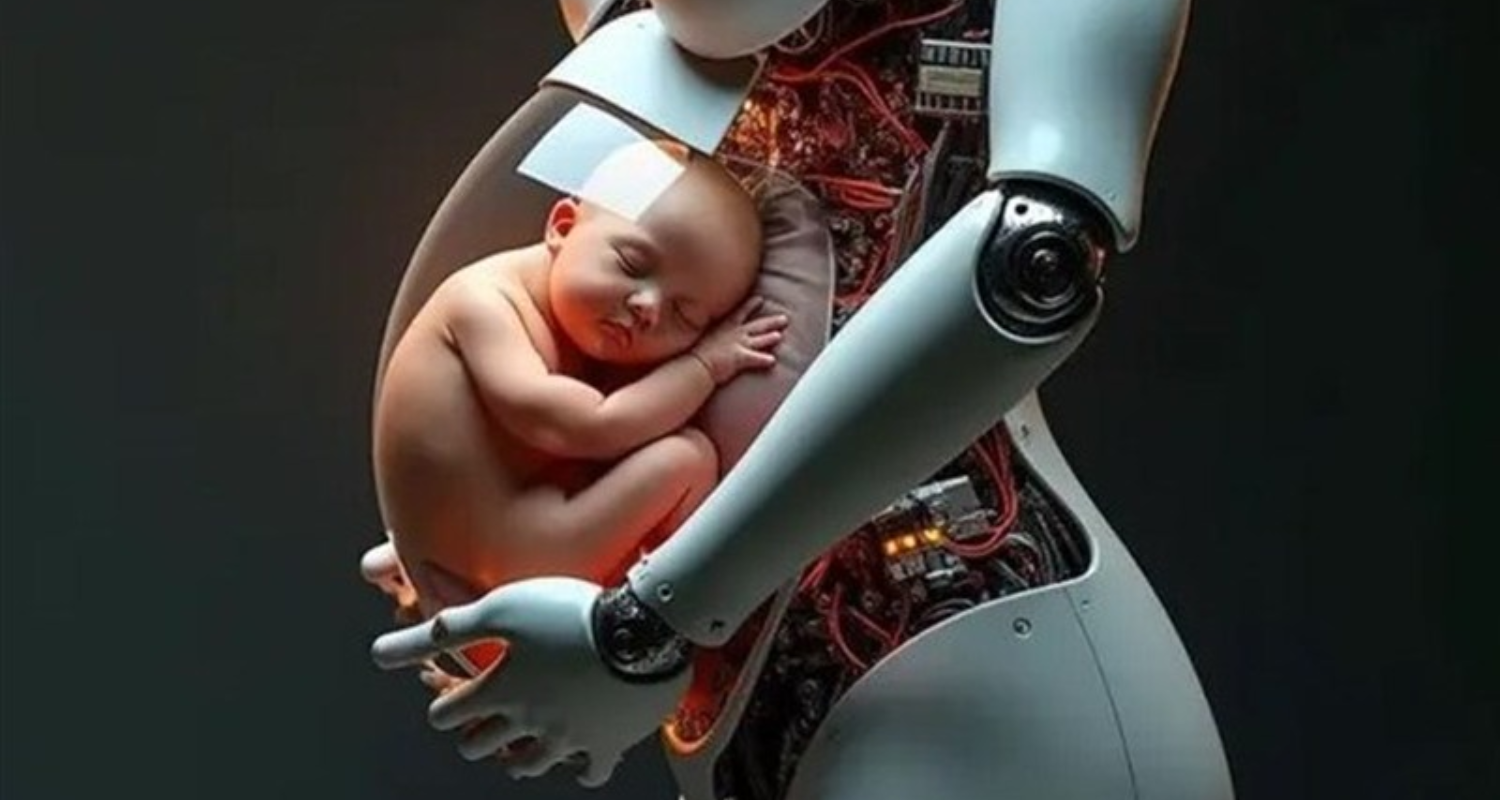Chinese scientists are pioneering what they claim to be the world’s first “gestation robot,” a humanoid machine designed to carry a 10-month pregnancy, potentially transforming reproductive technology and igniting ethical debate.
The ambitious project, led by Guangzhou-based Kaiwa Technology under Dr Zhang Qifeng, a PhD graduate from Singapore’s Nanyang Technological University, aims to replicate human gestation inside an artificial womb embedded in a humanoid torso. The device is designed to provide nutrients to a growing fetus via a tube, mimicking natural biological processes.
Dr Zhang has stated that the technology has reached a “mature stage” and that the next phase involves integrating the system within a humanoid body capable of interacting safely with humans during the gestation period. A prototype is expected to be unveiled in 2026, with a projected cost below 100,000 yuan (approximately US$14,000).

Also read: DRDO developing humanoid robot for frontline military missions
Proponents argue the robot could offer a solution for individuals unable to carry pregnancies, eliminating the physical challenges and risks associated with human gestation. Yet the announcement has sparked intense discussion across Chinese social platforms and media, with critics emphasising the complexity of pregnancy, including maternal hormone exchanges, immune system responses, and psychological bonding, which they argue cannot be fully replicated in machinery.
Kaiwa Technology is reportedly consulting with Guangdong authorities to establish regulatory, ethical, and legal frameworks for this emerging technology. Experts caution that, if successful, the robot could revolutionise medical science, while simultaneously raising profound ethical questions regarding the nature of birth, parenthood, and societal norms.
Supporters maintain the robot could offer unprecedented reproductive freedom, whereas sceptics warn it may disrupt conventional notions of motherhood and child identity. As development progresses, the project continues to attract both fascination and controversy, highlighting the intersection of technology and ethics in modern society.


